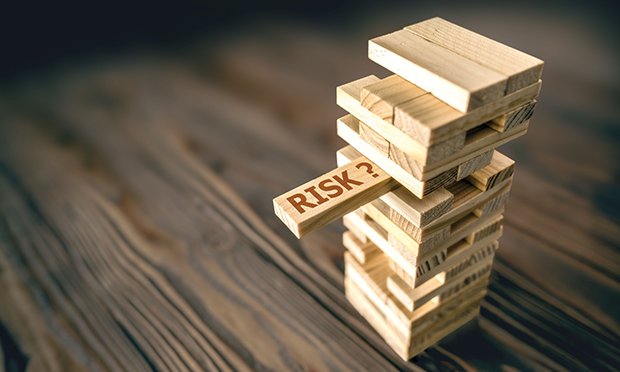 Some loss is inevitable, and there is a cost to risk even if a loss does not occur. (Photo: Shutterstock)
Some loss is inevitable, and there is a cost to risk even if a loss does not occur. (Photo: Shutterstock)
Last month we discussed the principles of risk management and why it is important for adjusters and adjusting firms or departments to establish systems of risk control and financing. Some loss is inevitable; risk has cost even when no actual loss occurs. We spend money on various ways to prevent or pay for loss, and despite that expenditure, no loss may occur. However, unanticipated loss could far exceed what we might have anticipated.
Recommended For You
Want to continue reading?
Become a Free PropertyCasualty360 Digital Reader
Your access to unlimited PropertyCasualty360 content isn’t changing.
Once you are an ALM digital member, you’ll receive:
- Breaking insurance news and analysis, on-site and via our newsletters and custom alerts
- Weekly Insurance Speak podcast featuring exclusive interviews with industry leaders
- Educational webcasts, white papers, and ebooks from industry thought leaders
- Critical converage of the employee benefits and financial advisory markets on our other ALM sites, BenefitsPRO and ThinkAdvisor
Already have an account? Sign In Now
© Touchpoint Markets, All Rights Reserved. Request academic re-use from www.copyright.com. All other uses, submit a request to [email protected]. For more inforrmation visit Asset & Logo Licensing.







